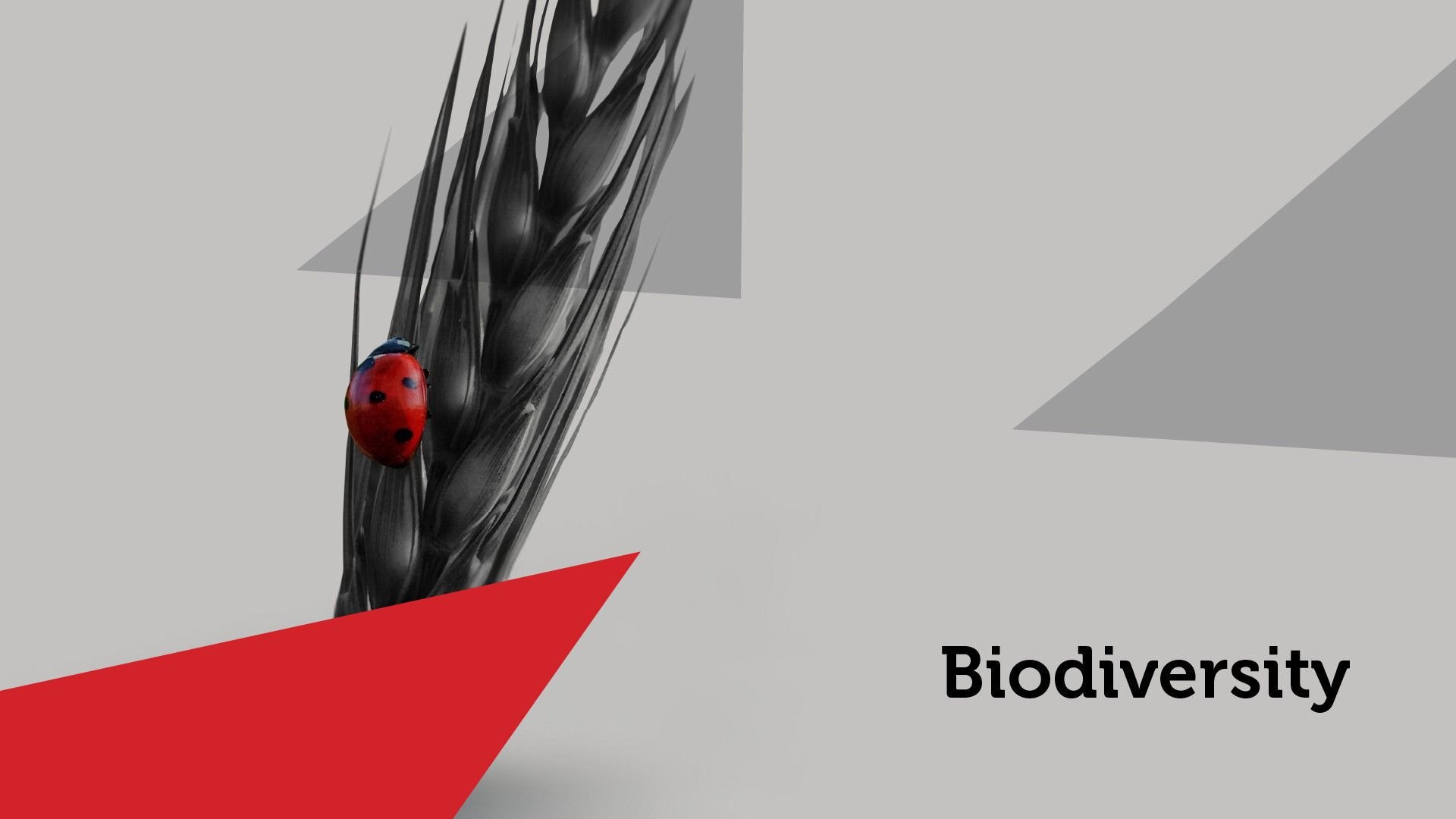There is growing recognition of the importance of natural capital to the economy and society, yet it remains a relatively nascent area for investors. We are often asked about the potential for public equity markets to provide solutions that mitigate biodiversity loss compared to private markets. We firmly believe that there is a role for both.
Whilst private markets can offer an essential space for innovation and early-stage development, public markets can do the same and are crucial to achieve the pace and scale of progress necessary to protect biodiversity and natural capital. We see a clear opportunity for both financial and non-financial returns that is readily accessible through the listed space.
The role of innovation
It is a commonly held view that private markets are better suited to the earlier stages of development of products and services, that free from the scrutiny faced by the management of listed equities, firms can remain laser focused on innovation.
Whilst private markets are often noted as hubs of innovation, there are also many examples of successful innovation in public markets. We encounter many listed companies which provide a fertile ground for innovation. Such companies offer state of the art R&D facilities with access to an ecosystem of specialists, banks of valuable data, a deep understanding of addressable markets and target clients, and a lower cost of capital. This attracts top talent and facilitates the development of new and scalable solutions. Often, an innovation is initially immaterial to the company’s financials and can therefore be nurtured to commercial scale before it faces significant scrutiny from shareholders.
Public markets are crucial to achieving the pace and scale necessary to protect biodiversity.”
For instance, Novenesis, the largest biosolutions provider globally, enjoys unrivalled innovation capacity underpinned by its annual R&D budget of €400m [1]. This means a team of over 2,000 R&D specialists and a proprietary library of over 100,000 strains to which it applies leading-edge AI. The result is more than 10,000 patents. With its extensive reach, Novenesis is well positioned to identify those breakthroughs which are most likely to gain traction in the current market and has the expertise to execute complex developments and leverage its scale to deliver these as cost-effective solutions.
The value of this expertise is clear. In 2024, Novenesis launched 45 new innovations [2] and 30% of its revenue came from products launched in the last five years [3]. Its new launches are differentiated and typically accretive to margins. Thus, Novenesis’s market-leading R&D capability advances our ability to protect Biodiversity, supports its earnings growth and enhances its leadership position. Within the Redwheel Biodiversity strategy, we hold Novenesis because of our conviction that this virtuous circle underpins the durability of its financial returns.
Adoption and scale
For innovative solutions to be broadly adopted, and therefore have a material positive impact, public markets are essential because they facilitate both funding of large-scale development and implementation of the solution and engagement with the largest users to accelerate adoption.
The most effective solutions are likely to be acquired or incubated by listed companies.”
For instance, Blue River Technology was founded as a private company in 2011 and developed See & Spray, a precision agriculture system that uses computer vision and AI to identify weeds and selectively spray herbicides, minimising waste and environmental damage. The business was acquired by Deere & Co in 2017. Deere was able to rapidly scale and integrate the technology, harnessing its $2 billion annual R&D budget [4], its best-in-class manufacturing and distribution and strong customer relationships to enhance and integrate the technology into its tractor and sprayer equipment. In 2024, See & Spray was deployed on more than 1 million acres of US farmland, resulting in an estimated 8 million gallon reduction in the application of harmful and expensive herbicides [5].
The resulting cost saving for farmers makes the proposition appealing and the ability to retrofit the solution across existing equipment is facilitating its rapid rollout across a large part of US arable land. The positive impact of its launch in Deere strongholds such as Brazil is expected to be significant given the higher frequency of spraying required and the environmental sensitivity of the region.
We seek to identify companies with the resilience required to thrive as the landscape evolves.”
Seee & Spray is typically offered under a subscription model as part of a broader data-driven information platform. Deere’s technological leadership enables it to add value for its customers through cost savings, resilience and yield improvement; this strengthens its position in the market and enables the business to earn high margin, recurring revenue from subscriptions.
Opportunities across the capitalisation spectrum
It is worth noting that public markets are not limited to large companies. They also include early stage, pre-profit solutions providers innovating to address growing demand for Biodiversity protection. A multi-cap strategy such as the Redwheel Biodiversity strategy can offer exposure to the most promising of these.
To gain conviction in earlier stage businesses, we focus not only on understanding their long-term opportunity but also on the critical milestones they must reach to achieve this potential. We evaluate management’s quality and strategy, the company’s funding structure and the challenges that may hinder progress. This allows us to ascribe a probability of success at each stage and take a view on likely timing. Where we can obtain visibility and confidence in a positive outcome, and where valuation is appropriate, we may secure a small position upon which we can build as milestones are achieved. This approach provides early and liquid access to potentially significant financial and non-financial returns.
Identifying resilience in a rapidly evolving landscape
Biodiversity protection is a complex field characterised by evolving policies, norms and technology. The risk of obsolescence is high and can threaten financial returns. There is also potential for transition risk and reputational damage if a company fails to keep pace with policy and norms. The inability to exit an investment should therefore be a key consideration when investing in any nascent area and this risk is often greatest in private markets.
The inability to exit an investment should be a key consideration—this risk is often greatest in private markets.”
The investment universe for the Redwheel Biodiversity strategy is made up of companies that meet strict liquidity criteria. Our fundamental analysis includes an assessment of the durability of a company’s position in this rapidly evolving environment. For earlier stage, pure play companies, our focus is typically on potential threats to their competitive advantage which requires oversight of global value chains. For larger cap companies making investments in earlier stage technologies, the emphasis is on their ability to innovate and adapt to change; management’s expertise in identifying the best opportunities and then executing on them. In both cases, our analysis seeks to identify companies with the resilience and adaptability required to thrive as the biodiversity investment landscape evolves. Our focus on the durability of returns a business can generate on its investment leads us to those companies that we believe will allocate capital most effectively to profitable growth, and strategic decisions which create shareholder value.
Global biodiversity commitments need solutions at scale
To close the gap between the $942 billion annual investment necessary to deliver on 2030 Global Biodiversity Framework targets and the $208 billion we currently spend, significant change is vital across the global economy [6]. This includes the redirection of harmful subsidies towards nature positive solutions, including those currently available in the listed space. We will also require new solutions which will emerge from both the private markets and the R&D facilities of the public markets. To achieve the scale we need, the most effective of these are likely to be acquired or incubated by listed companies and eventually scaled up for financial return.
Key Information
No investment strategy or risk management technique can guarantee returns or eliminate risks in any market environment. Past performance is not a guide to the future. The prices of investments and income from them may fall as well as rise and investors may not get back the full amount invested. Forecasts and estimates are based upon subjective assumptions about circumstances and events that may not yet have taken place and may never do so. The statements and opinions expressed in this article are those of the author as of the date of publication, and do not necessarily represent the view of Redwheel. This article does not constitute investment advice and the information shown is for illustrative purposes only.
Sources:
[1] Novenesis, Roadshow presentation, Q3 2024 – slide 22
[2] Novenesis, Company announcements, Q4 2024 – pg 1
[3] Novenesis, Roadshow presentation, Q3 2024 – slide 25
[5] John Deere, September 2024
[6] BloombergNEF, ‘Biodiversity Finance Factbook’, 2024


